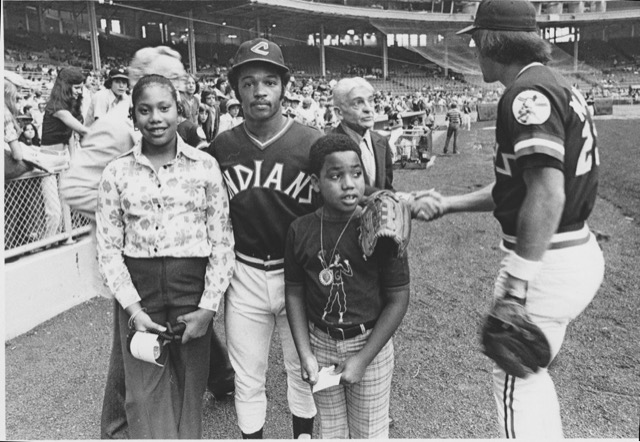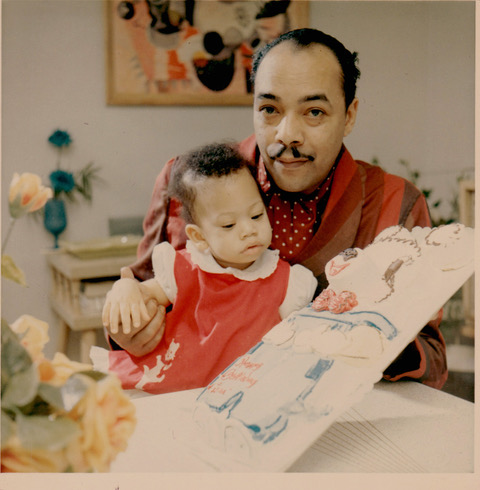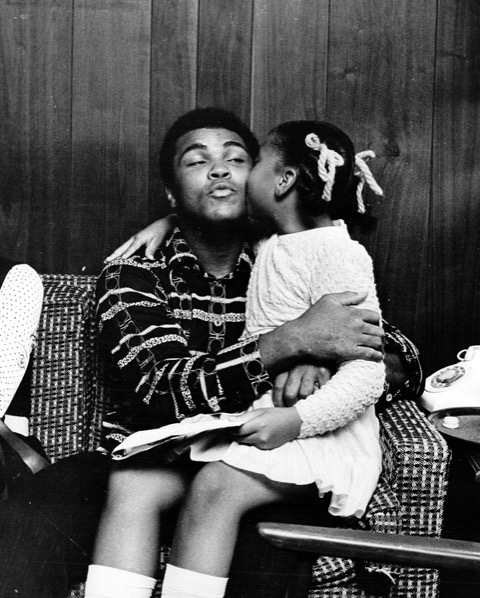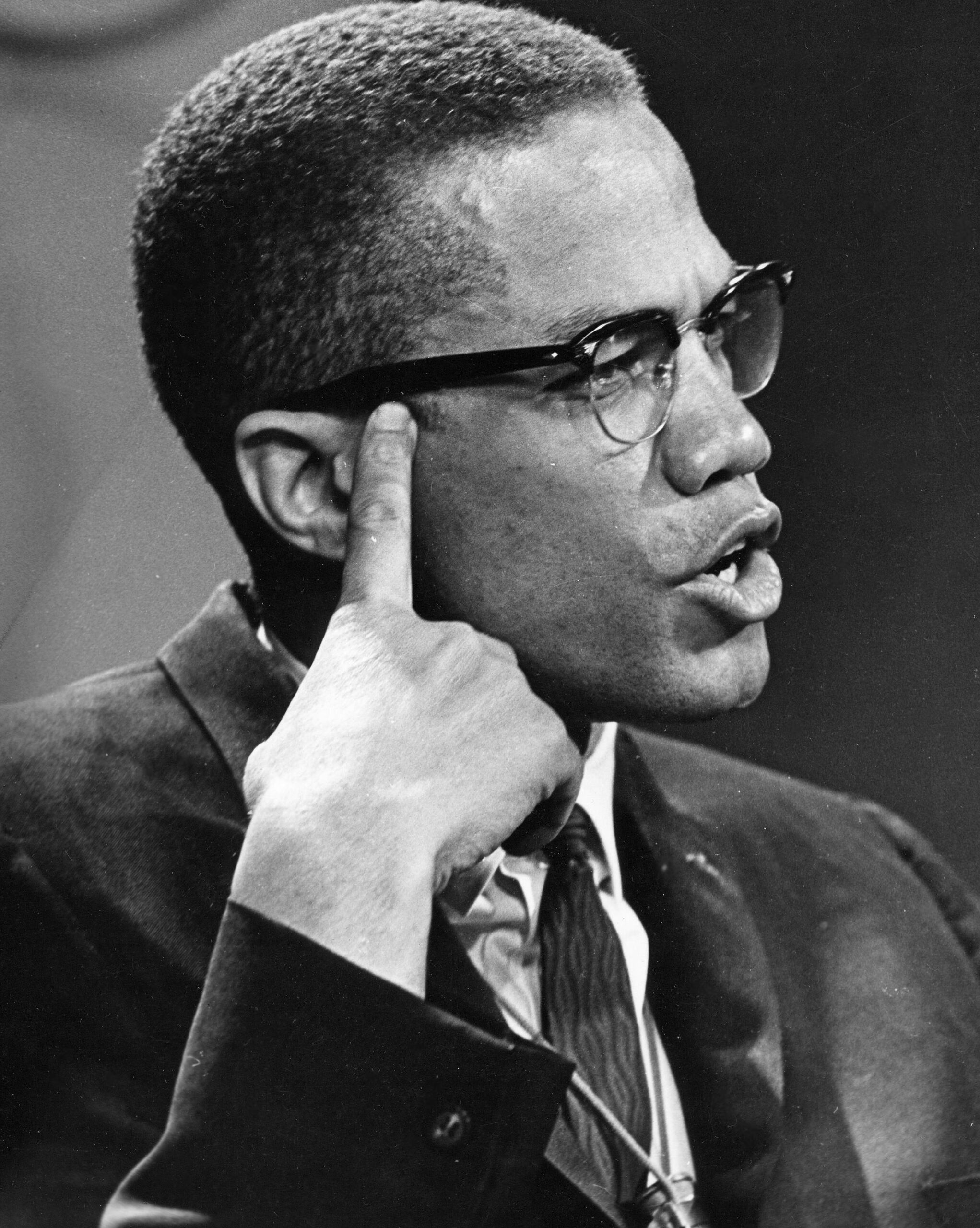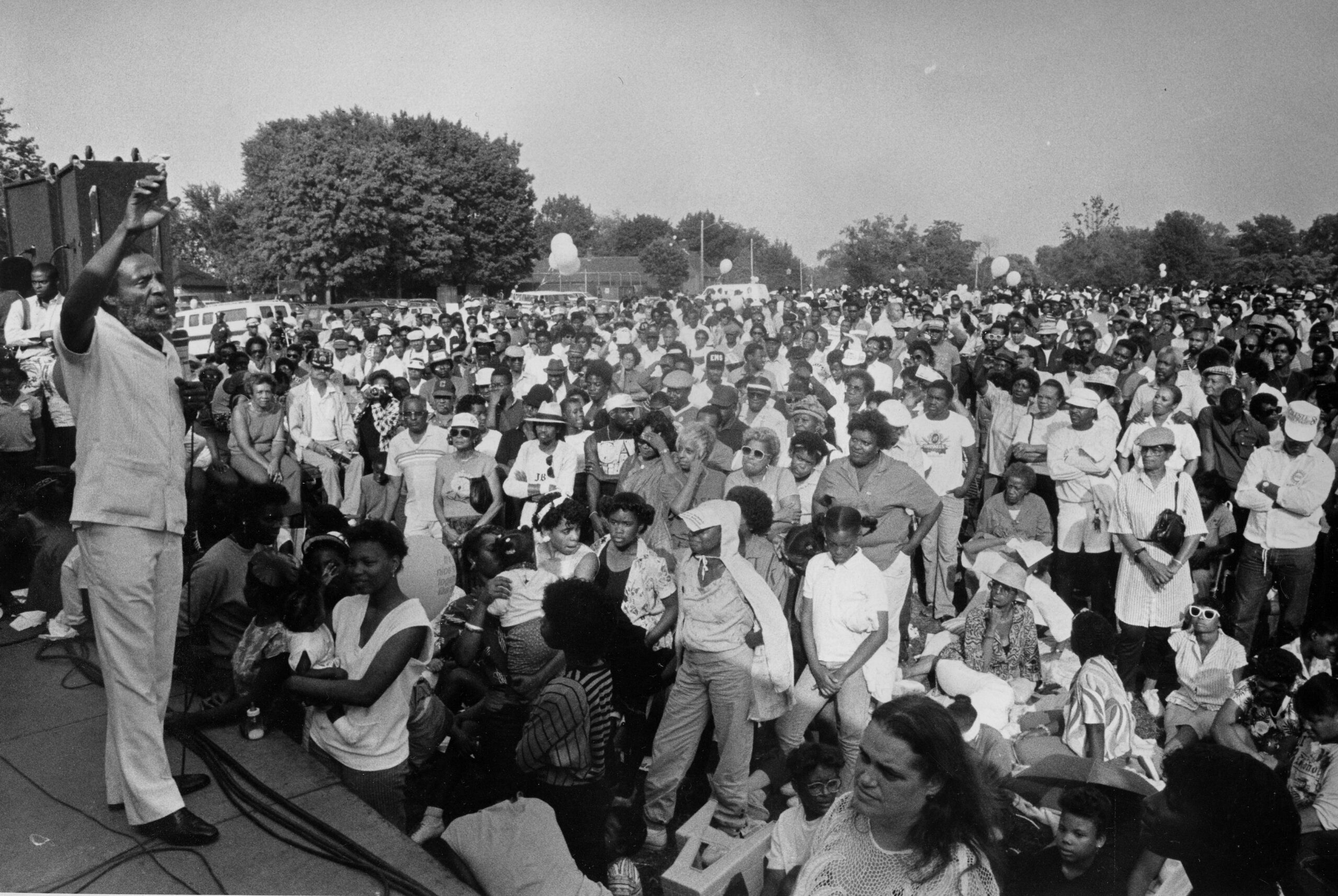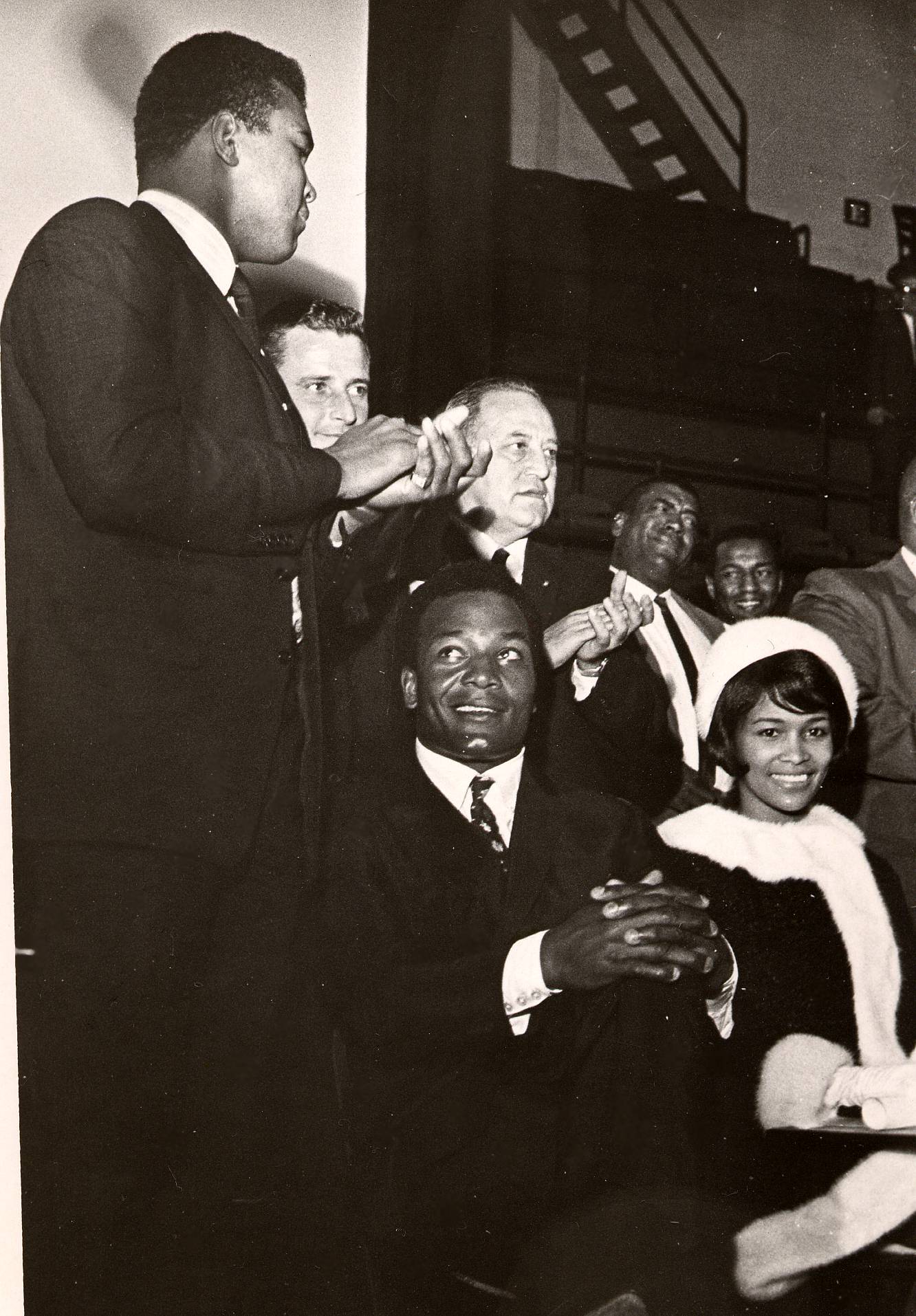Gayle’s Research Honors Her Father, Cleveland’s Pioneering Black Photojournalist
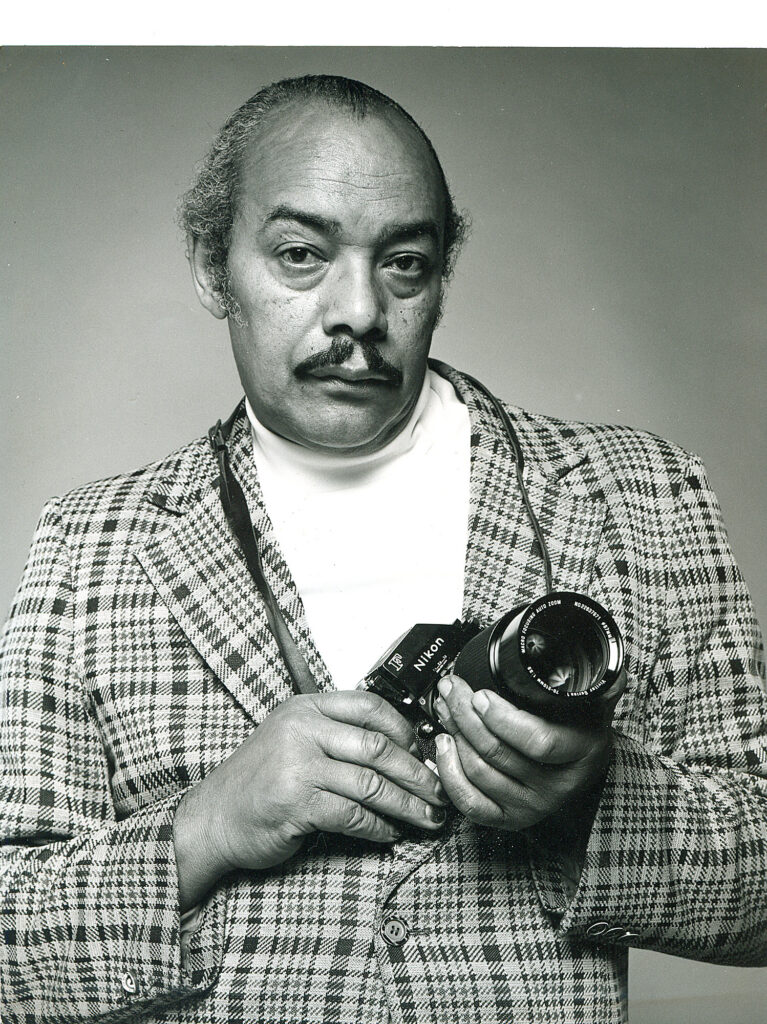
By Molly Loughman
Is it “memories fade and pictures last” or “pictures fade and memories last”?
Both are true for one of Cleveland’s first Black photojournalists, the late James F. Gayle (1920-1991), whose striking images are still revered citywide. But now, 30 years after his death, his legacy is survived by his only child and protégé: Assistant Professor of Journalism Gina Gayle, who is compiling a project that explores his historic body of work.
“I want to tell the story behind the story because so many people come up to me and say, ‘You know your father took a picture of me doing this and that.’ I have so many stories that I could tell through these photos,” says Gayle, who grew up learning the craft in her family’s basement darkroom. “Some people go to baseball games and movies with their parents. I went to weddings, bar mitzvahs, and political events with my parents, holding a flash, and sometimes I had my own camera.”
Although Gayle was never able to work professionally alongside her father, she received a grant from Emerson to conduct her long sought-after research project honoring her father, the first African American photographer to work for Cleveland’s major daily newspaper, The Plain Dealer. Many remember how sensitively James captured Cleveland’s Black communities and dismantled racial stereotypes with his images of everyday people.
The first Black woman photographer at the San Francisco Chronicle, Gayle sees this autoethnography project as a representation of her father’s work, but more importantly, a channel of visual and written self-reflection.
“Autoethnography is telling your story about you being the observer while you were doing the research,” she explains. “Timing is everything because 30 years ago, I didn’t have the research, academic, scholarly, or photographic skills. Now, I can make this the type project I’ve always wanted to do.”
Gayle’s first task: Finding the contents of her father’s collection.
“I had seen some pictures of Garrett Morgan with his original traffic signal invention that my father had taken of him. I had seen celebrities, like Halle Berry when she first started out. So I knew there was a lot of stuff in there, but I really had no idea what,” she said.
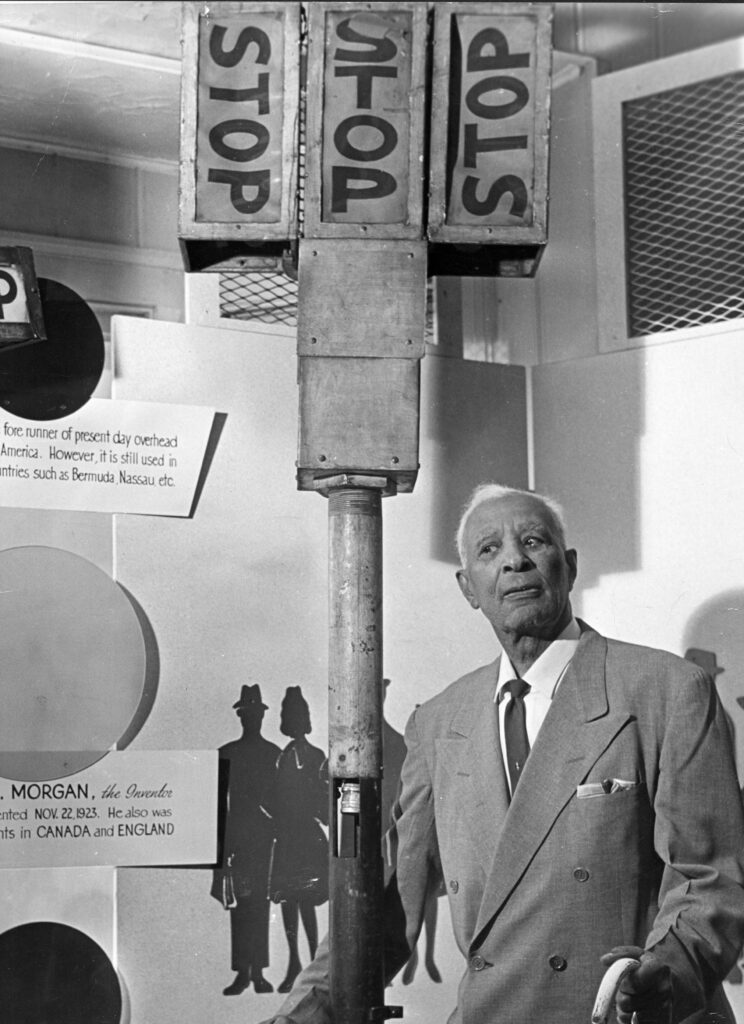
But by 2023, Cleveland communities can engage and contribute to decades worth of James “Jimmy” F. Gayle photography and stories through the lens and memories of his daughter, his former subjects, and others who knew him. The project will culminate in multimedia installations in the same Cleveland neighborhoods James photographed. The public is invited to celebrate the neighborhood, and how James and his unique perception captured it.
Gayle’s project was made possible through Emerson’s 2021 Norman and Irma Mann Stearns Distinguished Faculty Award in support of her project entitled,”My Father’s Decisive Moments: An auto-ethnographic study of a photographer’s images through the eyes of his daughter.”
“Being at Emerson at an institution that values creative work, as well as scholarly work, is really having a dream job,” says Gayle.
Emerson Journalism Chair Janet Kolodzy had the honor of working alongside Jimmy (as she knew him) while she was a reporter for The Plain Dealer from 1981-1987. She remembers him as the photographer covering the city’s breaking news, who would be there capturing the “right moment.”
“Looking back, Gina’s father had such an incredible impact on the journalism of The Plain Dealer, being the first, but also the most respected , most connected photographer in terms of the Black community in Cleveland —at a time when the Black political leadership was thriving and growing, before it happened in a lot of other cities ,” says Kolodzy.
“So, I’m just thrilled Gina has the opportunity with this award to actually spread the incredible work that this wonderful man did and represented for communities that needed representation beyond the white focus.”
Negatives into Positives
Gina has access to her father’s collection, stored in 27 Banker boxes of prints and negatives. Gayle will take a year to process, restore, catalogue, archive, and digitize his photos into collections, such as: Sports, Politics, Urban Life, City Life, and the Black Experience. One archivist suggested she include a Family section.
“Because back then in the 1960s, ’70s, ’80s, and when he died in ‘91, most people were not photographing their family the way my family was photographing ours,” says Gayle. “Nobody had a camera like my father did. And he had it all the time.”
Gayle recalls her father being interviewed about his photography and being a mentor to rising Cleveland photographers. “But at that point, I only knew him as my dad with a camera. So while looking at some of his photographs, I’m listening to his former co-workers and getting to know him after he is gone, as a photographer,” says Gayle. “One big lesson he taught was that photographers should never give their negatives away.”
James F. Gayle graduated from Cleveland’s East High School and served as a musician in the U.S. Navy during World War II. His passion for photography developed while working in a photography shop. After marrying Gayle’s mother, Juanita Wade, in 1958, James opened a studio in Cleveland and began freelancing for The Cleveland Call and Post, The Plain Dealer, and Ebony and Jet magazines. His subjects were national figures, such as Dr. Martin Luther King, Jr., Malcolm X and Jesse Owens.
Gayle will record her observations of her father’s photos and even old conversations she had with him. “That’s like my process. It’s my gift to myself. The events and multimedia installations in the communities will be my gift back to the people,” says Gayle. “The collection will be a part of my legacy and something I can pass onto my children.“
Eventually, Gayle plans to devote a website to her father’s work, with proceeds from purchased prints to be donated back into Cleveland communities. “My father said something before he died in an interview: He said he always wanted to place his people in his community in the best light.”
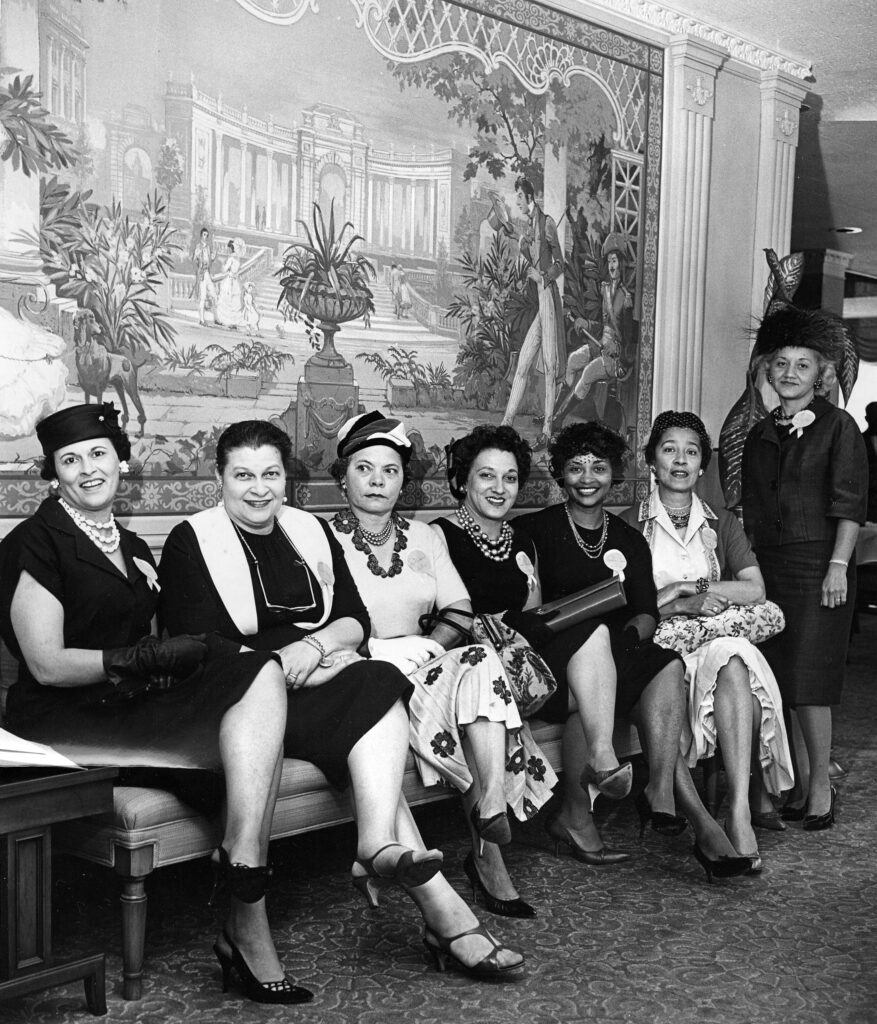
[All photos are courtesy images from Gina Gayle.]
Categories
